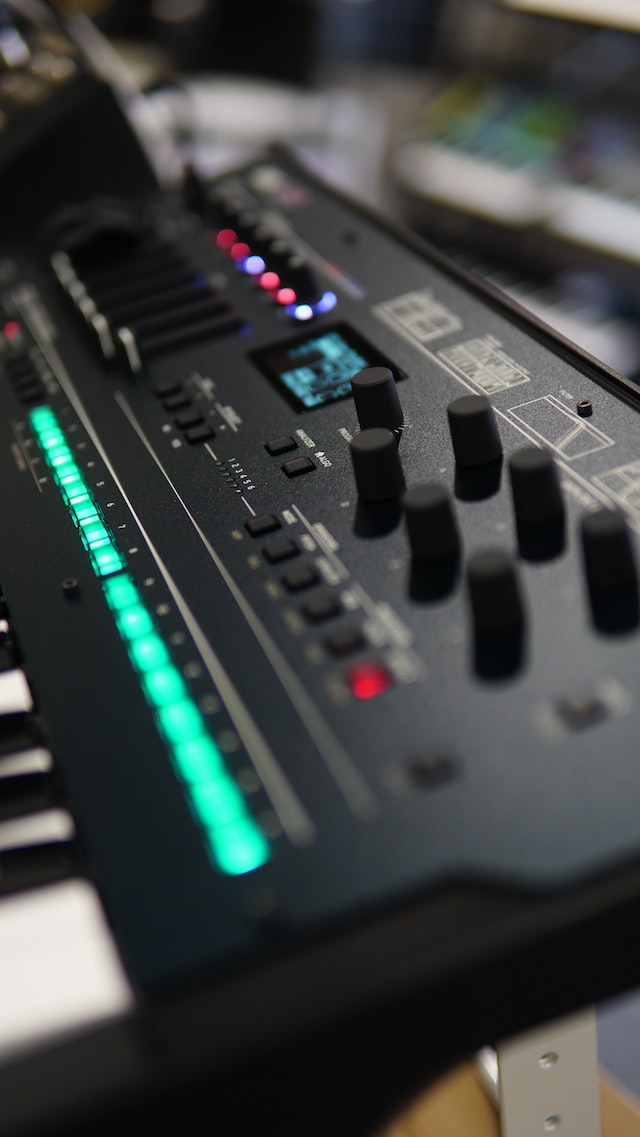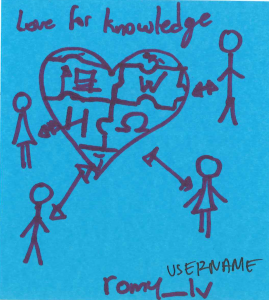
In the realm of music, technology has played a transformative role in shaping the way we create and experience melodies. One of the most influential innovations in this domain is MIDI, which stands for Musical Instrument Digital Interface. This unassuming acronym represents a powerful language that has revolutionized the music industry and made it possible for musicians to compose, record, and perform in entirely new ways. In this blog, we’ll explore the world of MIDI and how it has forever changed the face of music.
What is MIDI?
MIDI is a protocol that was introduced in the early 1980s. It’s essentially a standardized way for musical instruments and devices to communicate with each other. Unlike audio signals, which represent the actual sound produced by an instrument, MIDI data represents instructions on how to play that sound. Think of it as a set of digital sheet music that tells a device what notes to play, how loudly, and for how long.
Key Components of MIDI
- Messages: MIDI messages are the heart of the protocol. There are two primary types: channel messages and system messages. Channel messages are used for specific musical instructions, such as note on/off, pitch bend, and modulation. System messages are broader and can control functions like tempo, time signature, and system exclusive data.
- Channels: MIDI devices can operate on 16 different channels. This means that multiple instruments can be controlled individually over a single MIDI connection.
- Controllers: MIDI controllers are devices that allow you to manipulate MIDI data. These can be keyboards, synthesizers, drum pads, or even software interfaces. They provide a way for musicians to input and modify MIDI information in real-time.
How MIDI Transformed Music
- Digital Composition: MIDI has greatly simplified the composition process. Musicians can input their ideas into a computer or MIDI-capable instrument, and the data can be edited and played back with precision. This has revolutionized how composers and songwriters create music, streamlining the writing and revision process.
- Virtual Instruments: The rise of virtual instruments, which are essentially software synthesizers and samplers, has been made possible by MIDI. These virtual instruments can produce incredibly realistic sounds, and they can be played using a standard MIDI controller.
- Recording and Production: MIDI is at the core of modern music production. Musicians and producers can record individual tracks using MIDI, and then use digital audio workstations (DAWs) to arrange, edit, and mix these tracks. MIDI information allows for easy adjustment of timing, pitch, and other musical parameters.
- Live Performance: MIDI is widely used in live performances. Musicians can trigger pre-recorded sequences, play virtual instruments, and even synchronize lighting and visual effects, all through MIDI control. This has brought a new level of creativity and interactivity to concerts.
- Cross-Compatibility: MIDI has made it possible for musicians to mix and match hardware and software from different manufacturers seamlessly. This cross-compatibility has fostered a rich ecosystem of musical tools and instruments.
Challenges and the Future
While MIDI has brought about significant advances in music creation and performance, it’s not without its limitations. One primary challenge is that MIDI data can sometimes lack the expressiveness and nuance of live performances. As technology evolves, there is a push towards higher-resolution MIDI (Hi-Res MIDI) to address this issue.
Additionally, as the music industry embraces AI and machine learning, we can expect MIDI to play a pivotal role in these advancements. AI-powered MIDI generators and processors are becoming increasingly sophisticated, offering musicians new tools for creativity.




